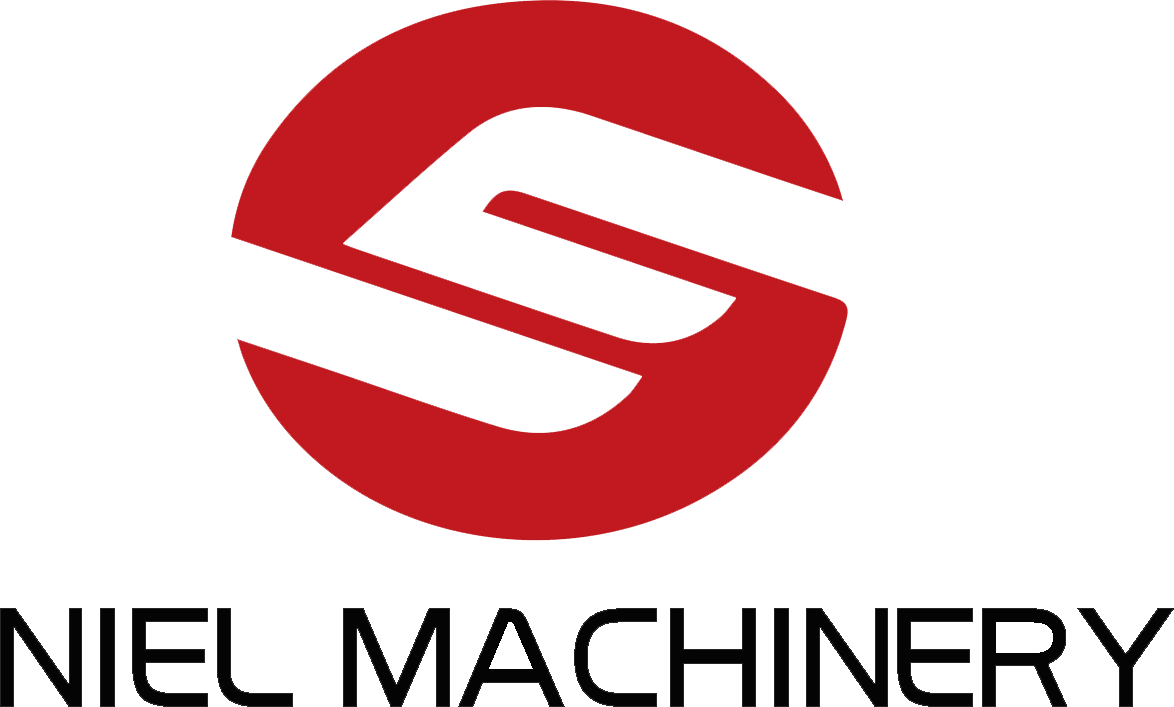What are the methods for cleaning and disinfecting a mixer?
Release time:
2025-04-14 12:47
Source:
The cleaning and disinfection methods for mixers mainly include the following:
1. Manual Cleaning
Disassembly of Parts Remove detachable parts such as the stirring paddle and hopper.
Pre-cleaning Use a brush or high-pressure water gun to remove residues.
Detergent Cleaning Use food-grade detergent and a brush or sponge to thoroughly clean.
Rinsing Rinse with clean water to ensure no detergent residue remains.
Drying Air dry or wipe dry with a clean cloth.
2. CIP Cleaning (Clean-in-Place)
Pre-rinsing Rinse with water to remove large particulate residues.
Alkaline Cleaning Circulate alkaline detergent to remove grease and protein.
Acid Cleaning Circulate acidic detergent to remove scale and minerals.
Final Rinse Rinse with clean water to ensure no detergent residue remains.
Disinfection Circulate disinfectant, then rinse with clean water.
3. Disinfection Methods
Heat Disinfection Disinfect with hot water or steam, usually maintaining a temperature above 85°C for 15-30 minutes.
Chemical Disinfection Use food-grade disinfectants such as sodium hypochlorite or peracetic acid, dilute according to instructions, and then spray or soak.
UV Disinfection Use UV lamps for surface disinfection.
Related News
Boosting Efficiency: Semi Automatic Powder Filling Machine in Action
Boosting Efficiency: Semi Automatic Powder Filling Machine in Action Table of Contents 1. Introduction to Semi Automatic Powder Filling Machines 2. What is a Semi Automatic Powder Filling Machine? 3. How Does a Semi Automatic Powder Filling Machine Work? 4. Benefits of Semi Automatic Powder Filling Machines 5. Applications of Semi Automatic Powder Filling Machines 6. Maint
Understanding Semi-Automatic Powder Filling Machines: A Comprehensive Overview
Semi-automatic powder filling machines are pivotal in the packaging sector, particularly for businesses handling powdered products such as spices, flour, chemicals, and pharmaceuticals. These machines bridge the gap between manual filling methods and fully automatic systems, offering businesses an optimal solution for efficiency and precision. One of the primary advantages of semi-automatic powder
The Evolution of Mixing Machinery: Horizontal Paddle Mixers at the Forefront
The Evolution of Mixing Machinery: Horizontal Paddle Mixers at the Forefront Table of Contents 1. Introduction to Mixing Machinery 2. A Brief History of Mixing Machinery 3. Technological Advancements in Mixing Machinery 4. Understanding Horizontal Paddle Mixers 5. Applications of Horizontal Paddle Mixers 6. Advantages of Horizontal Paddle Mixers 7. The Future of Mixing Machinery 8
The Essential Guide to Horizontal Paddle Mixers: Applications and Benefits
Horizontal paddle mixers are vital components in various manufacturing and processing operations, particularly within the realm of mixing machinery. Understanding the workings and benefits of these mixers can significantly enhance operational efficiency and product quality. A horizontal paddle mixer typically features a cylindrical mixing chamber equipped with paddles that rotate on a horizontal a
Exploring the Dynamic Capabilities of Industrial Ribbon Mixers Table of Contents Introduction to Industrial Ribbon Mixers Understanding the Mechanics of Ribbon Mixers Advantages of Using Ribbon Mixers in Manufacturing Applications of Ribbon Mixers Across Industries Maintaining Your Ribbon Mixer for Longevity Future Trends in Ribbon Mixer Technology Case Studies: Ribbon Mixers in Act
Understanding Industrial Ribbon Mixers: Essential Tools for Effective Material Blending
Industrial ribbon mixers are vital pieces of equipment used in various manufacturing processes, particularly in the blending of powdered and granular materials. These mixers are characterized by their unique design, featuring a set of helical ribbons that move materials through the mixing chamber, ensuring a thorough and uniform blend. With increasing demands for consistency and quality in product




















